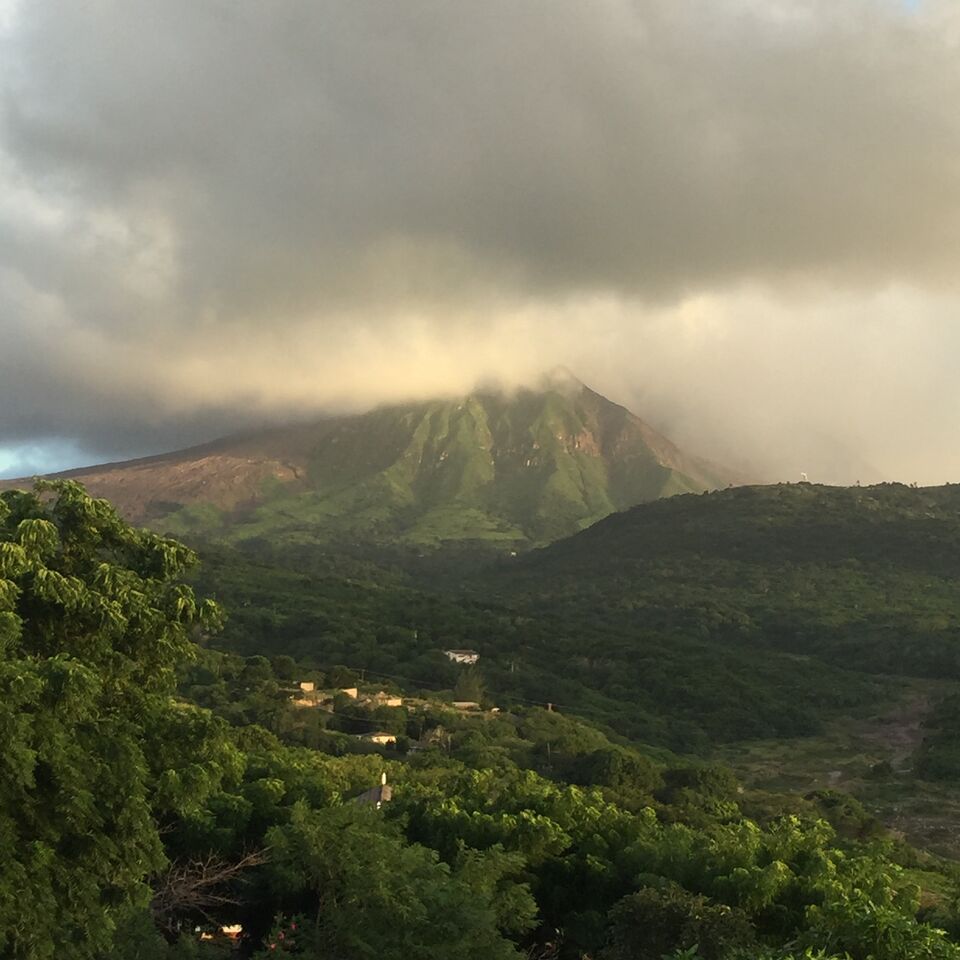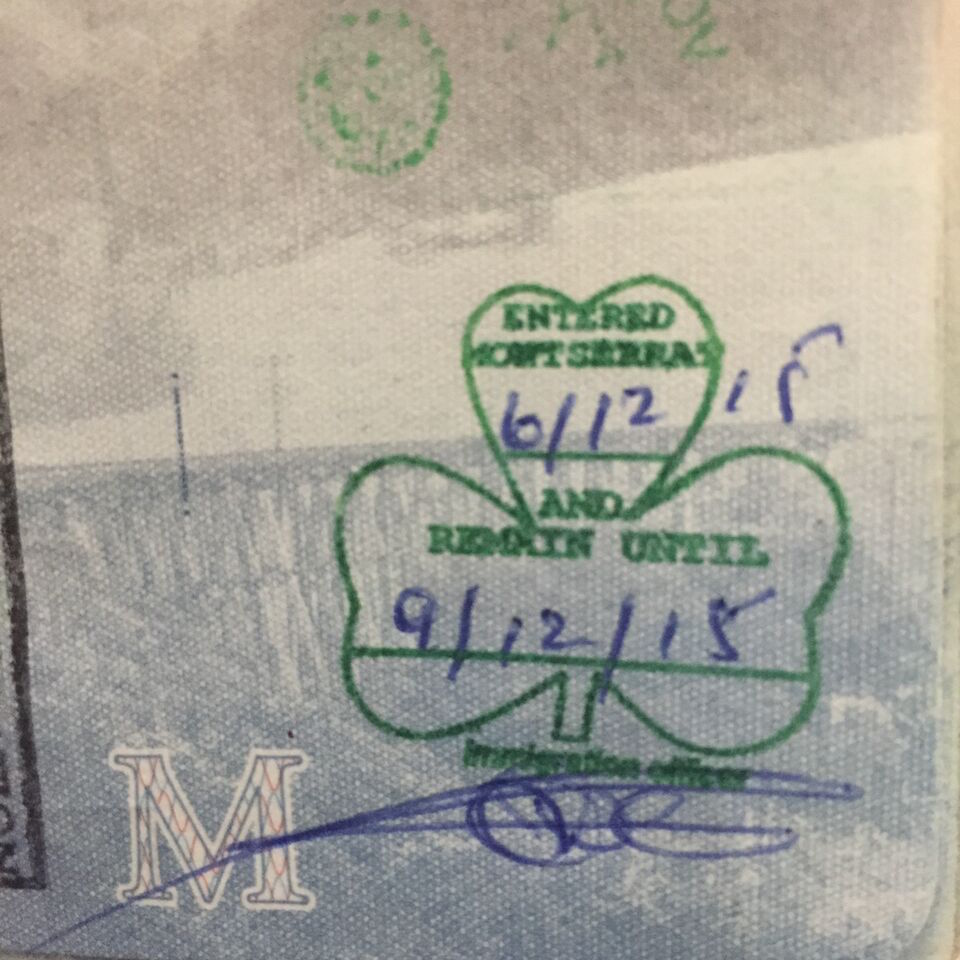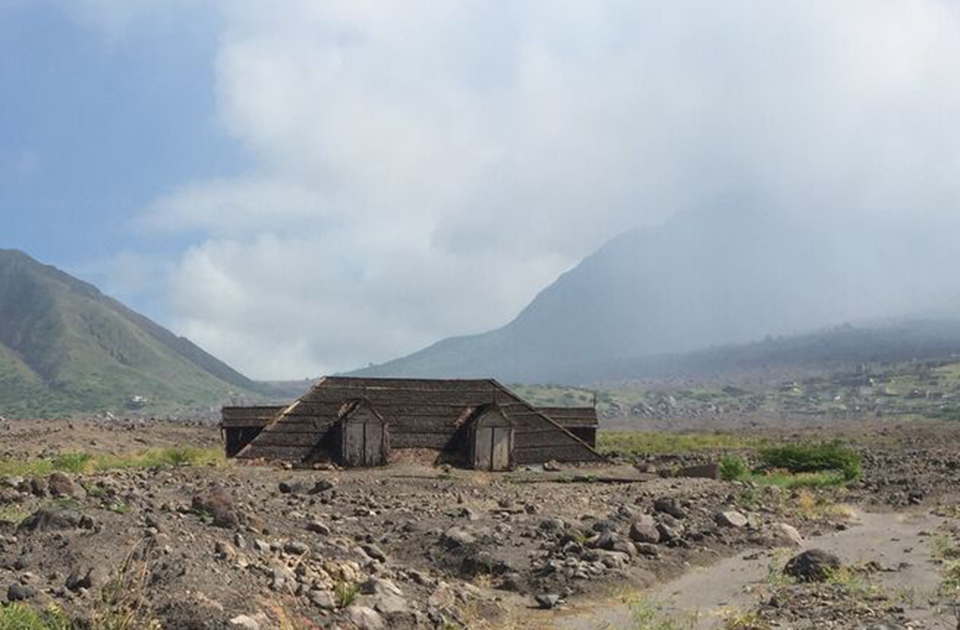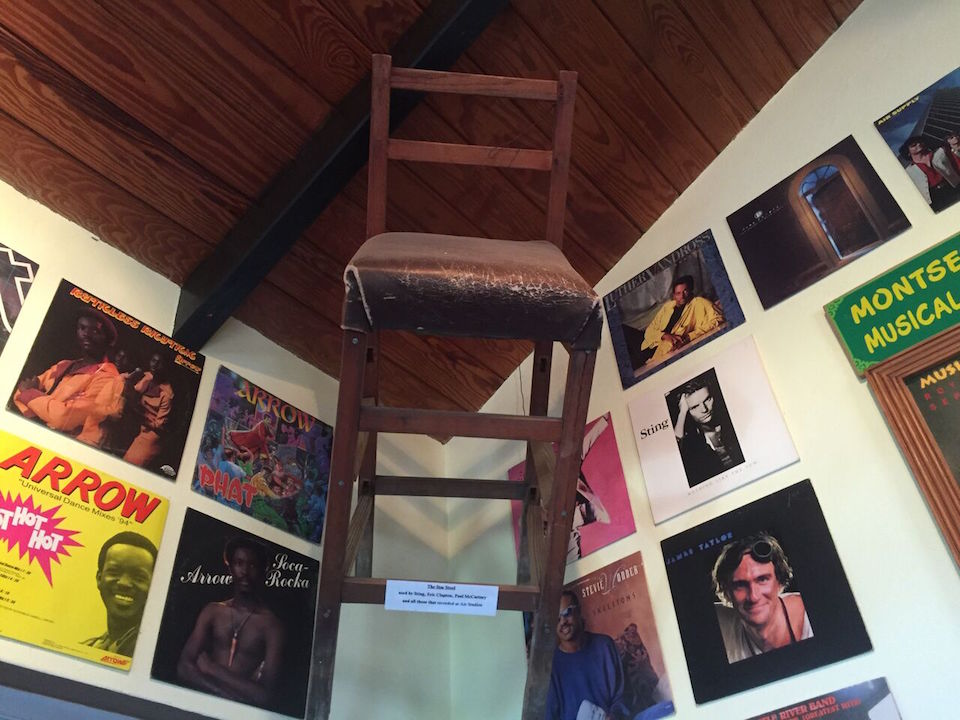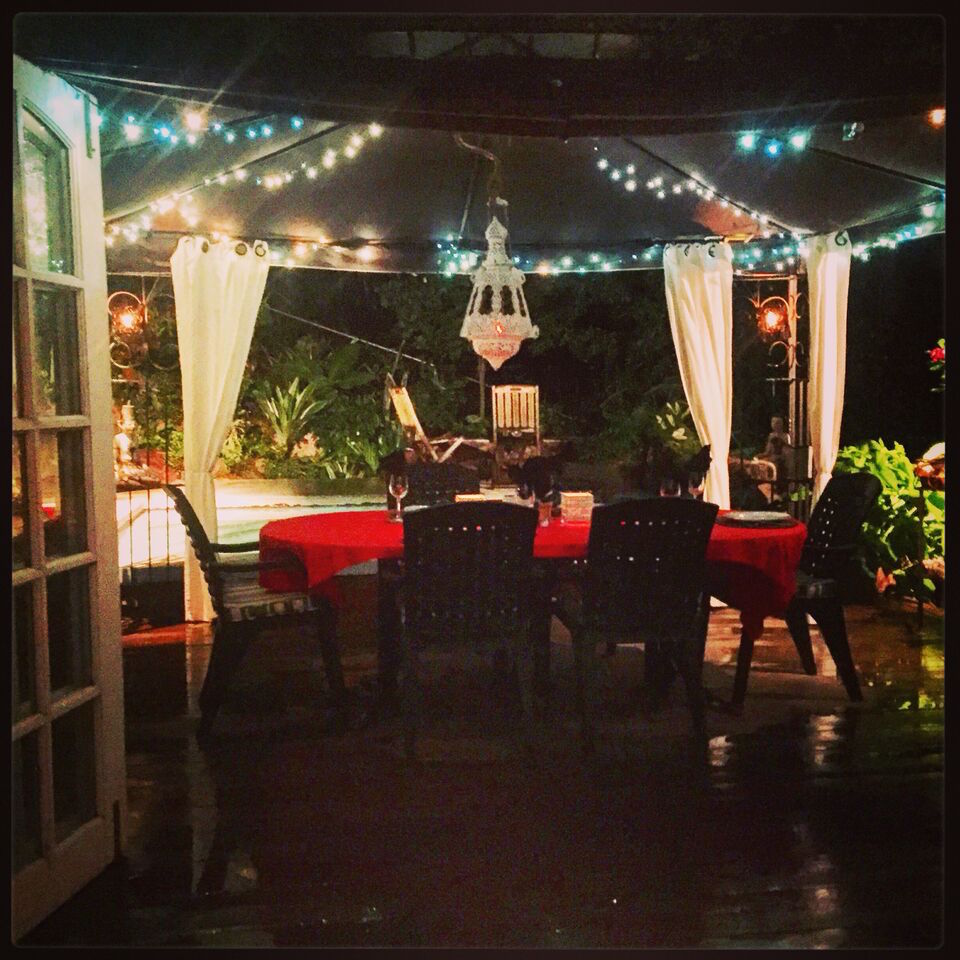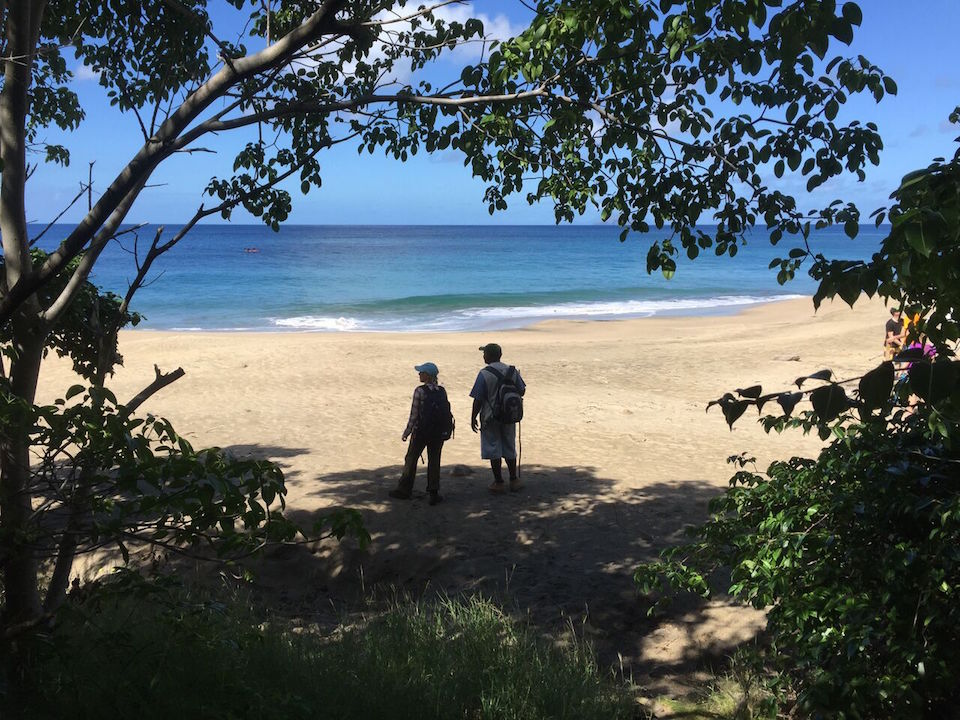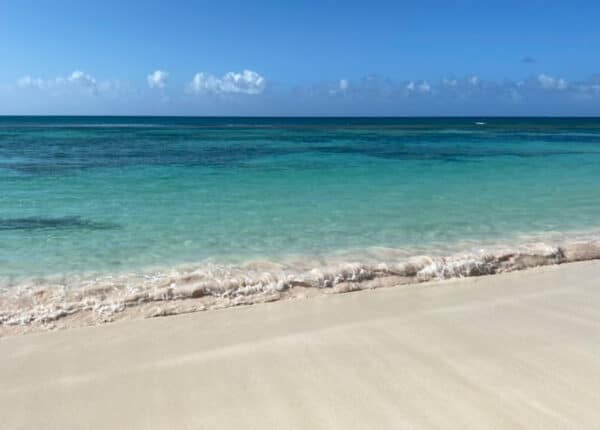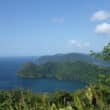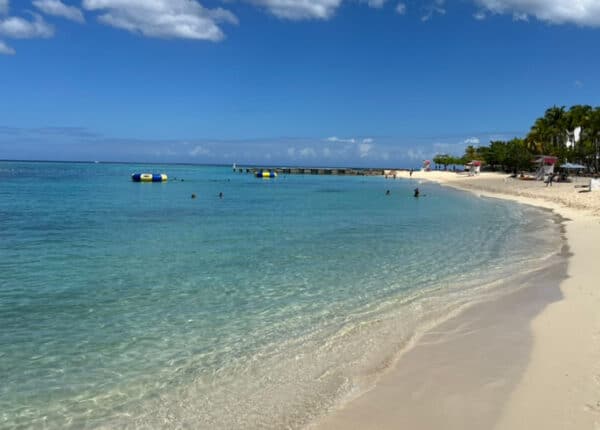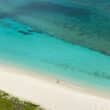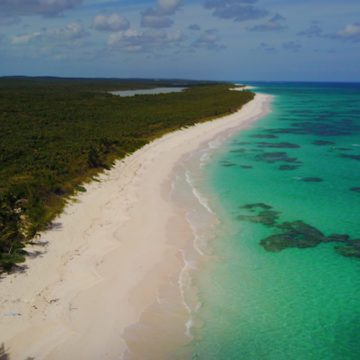Six Reasons Why You Should Visit Montserrat
A unique island in the Caribbean
By Sarah Greaves-Gabbadon
CJ Travel Editor
Before I visited, I knew only two things about Montserrat. One: It was the home of Arrow, of “Hot, Hot, Hot” fame. And two: It had been devastated by the Soufriere Hills volcano in 1995, when, in a series of cataclysmic eruptions, a pyroclastic flow of sulphurous gas, ash, and lava rock raced downward from its dome and completely buried the south-coast capital of Plymouth, claiming 19 lives in the process.
In the years that followed the population of 11,000 plummeted to around 2,000 people, as islanders relocated either to the then undeveloped north or overseas to the United Kingdom. And the island’s burgeoning tourism industry all but died, its visitors limited to overseas-based Montserratians returning home and day-trippers from neighboring islands.
But today, with almost 5,000 residents, Montserrat feels as if it’s on the brink of an upswing, receiving inaugural port calls from Windstar Cruises this month and reorganizing its marketing efforts to reclaim its pushpin on the Caribbean tourist map. With no direct service from the U.S., visitors will need to fly to Antigua and then take a 20-minute puddle-jumper flight or 90-minute ferry ride to reach the 39-square-mile isle. It’s a journey that can take all day, even if you’re arriving from as close as Miami. But here are five reasons why this unique and untrammeled isle is worth the effort.
The Passport Stamp They don’t call Montserrat the Emerald Isle of the Caribbean just because it’s green. The moniker is a nod to the country’s Irish connection, forged in the 1600s when indentured Irish laborers arrived here. Some became plantation owners and eventually they integrated into the population, many of whom now bear Irish names such as O’Brian and Sweeney, and live in villages named Kinsale and St. Patrick’s. The Montserratian flag and national costume feature the same colors (green, orange and white) as that other emerald isle, and the passport stamp you’ll receive on arrival is, fittingly, in the shape of a shamrock.
The Exclusion Zone My visit coincided with the resumption of the first large-scale tours of the exclusion zone, the southern two-thirds of the island now deemed unsafe for people to live. With police permission and accompanied by a certified guide, visitors can now drive through the zone and witness firsthand nature’s power to both devastate and regenerate. The village of Cork Hill, for example, has been completely reclaimed by the landscape, only the odd zinc roof of a building barely visible mere inches above the tropical overgrowth. But once you enter Plymouth, it’s a different story. Here you can smell the sulphur in the air and can’t help but be awed and saddened by the sight of the abandoned city buried under 20 feet of ash and earth, evidence of a localized apocalypse.
The Martin Effect In the island’s tourism heyday Montserrat was the Caribbean cloister of choice for celebs including Paul McCartney, Sting, and The Rolling Stones, all of whom recorded at Air Studios, owned by famed Beatles producer Sir George Martin. Today you can arrange to tour the now-abandoned building in the exclusion zone, where reels of tape and speakers were once visible amid the devastation. And you can stay and dine at Olveston House, Sir George’s home-turned-bed-and-breakfast, where Linda McCartney’s photographs and the now 90-year-old Martin’s gold records adorn the walls. Find even more Martin-related memorabilia at Hilltop Coffee House & Family Center, where the owners have “rescued” signage and assorted objects from Plymouth and the exclusion zone, including the leather stool that was the musicians’ perch during studio sessions.
The Food Goat Water is the island’s national dish, a hearty stew served mostly on weekends here. Since my visit was mid-week I never got the chance to taste this delicacy, nor to sample Johnny Bakes, the local version of the fried flour dumplings found all over the Caribbean. My disappointment, however, was soothed at two superb restaurants: Ziggys in Woodlands, where the proprietors serve sumptuous British and Caribbean dinners with warmth and grace. And at Watermelon Cottage, a 12-seat supper club in the stylish home of British bon vivant Trevor Branston. Time your visit to straddle a weekend and you’ll experience Montserrat’s local and international cuisine.
The People Everywhere I went I was impressed with Monserratians’ warmth, optimism and cheer. Despite the hardships they’ve faced the islanders I met were uniformly sanguine about the eruption’s effect on their lives and livelihood, and remain stubbornly positive about their future. People like Veta Wade – a twenty-something eco warrior and widowed mother who left her government job to fulfill her dream of opening AQUA Monsterrat, a watersports shop at Little Bay. Or Rose Willock, a retired teacher and tour guide whose voice breaks and eyes well up when she talks about Soufriere Hills’ toll but who, moments later, throws back her head and laughs with the carefree spirit of a woman half her age. It’s people like these, whose love for their island is the only thing greater than their desire to share it with you, that are an essential part of Montserrat’s magic.
The Hiking Although it’s certainly not a beach-lover’s mecca, Montserrat does have decent beaches blessed with golden sand. Rendezvous Bay on the northeast coast is one of the most popular, likely because it’s the only “white-sand” (light-sand, really) strand on the island. You can access it by sea but by far the most interesting way to get there is on an hour-long hike led by forest ranger Scriber Daley, who’ll point out wild donkeys, native plants and birds and, if you’re lucky, the indigenous galliwasp along the way. And if you yearn for more hiking adventures, you’re in luck; Montserrat has many more trails that Scriber can help you explore.

